Spring 2010 A publication of the Wildlife Division—Getting Texans Involved
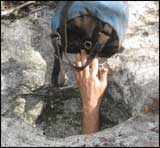 Hidden Beauty
Hidden Beauty
of Texas
As you travel across Texas, you can not help but wonder at the beauty of this great state, and especially at the diversity of the land. From the swamps at the coast to the mountains of Culberson County, marvels surround us. Some of these gems though are hidden from view, beneath a ground fractured and sculpted by centuries of geological phenomena.
This newsletter we focus on the springs and caves of Texas and the biological treasures they hold. From the caves in the Hill Country to Comanche Springs of west Texas, our authors have put together a collection of articles to introduce you to the wonders of caves and springs.
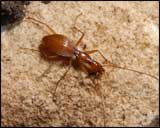 Hidden Treasures
Hidden Treasures
of the Texas Hill Country
By Kathleen O'Connor
The Texas Hill Country usually brings to mind gently rolling hills, oak-juniper woodlands and a multitude of water and land-based recreational activities for even the most finicky outdoor enthusiast. But there's far more to the Hill Country than meets the eye. Beneath our feet, is a subterranean universe where the ever-present struggle for life plays out amongst enigmatic and mysterious species that characterize this alien world. 
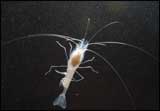 The Importance
The Importance
of Springs
As you travel west across Texas (especially once you enter the Edwards Plateau and Trans-Pecos ecoregions) surface water becomes much less abundant, making springs a vital component of the landscape for plants, animals, and humans alike. Standing out like oases, these springs have influenced human settlement patterns, land uses, and routes of transportation since the first people arrived in Texas several thousand years ago. They are inextricably tied to the culture and history of our state. Likewise, springs have had profound effects on the development of biological communities, and are host to a diverse array of unique fish species.

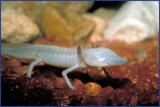 Blind Monster
Blind Monster
By Andy Gluesenkamp
A blind monster lives under the City of San Marcos. It spends its entire life wandering the water filled voids that comprise the San Marcos pool of the Edwards aquifer. It detects the presence of a hapless victim by chemical cues and minute vibrations and then stalks it with terrifying patience. Once within range, the blind monster inhales its prey in one violent gulp. Like Moby Dick, this creature has no natural predators. Man is its only threat.

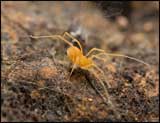 -->On Land Management
-->On Land Management
and Texas Springs
Springs are recognized as valuable ecological, natural, and cultural resources. They are an important natural feature that played a major role in the lives of early inhabitants and settlers, determining the location of trails, providing power for mills and supplying water for domestic, municipal, agricultural, and recreational uses. The unique aquatic and wetland habitats formed by springs represent the interface between hypogean (subterranean) and epigean (surface water) habitats.

 Introducing
Introducing
Our New Division Director
Clayton Wolf is not a "new face" around the wildlife division – he cut his teeth as a wildlife biologist working with private landowners in east Texas – a region of the state that is highly fragmented and at a time when wildlife management was in its infancy. He has served in a variety of roles including Pineywoods District Leader, white-tailed deer program leader and big game program leader. Wolf brings with him a strong understanding of the important role the private land owner plays in wildlife management today. Interviewed for the Tracks and Trails newsletter, Wolf said "I don't see changes in those things we do best, working with landowners to manage their land best for wildlife."
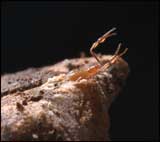 What is Good For Texas Salamanders
What is Good For Texas Salamanders
is Good For People
By Paul Chippindale
The Hill Country of central Texas arose tens of millions of years ago, as pressure between massive plates of the Earth forced an area once covered by an ancient sea skyward, forming the Edwards Plateau. The Plateau, composed of limestone known as karst (made up of the remains of corals and other marine organisms), contains a huge network of water-filled passages and chambers formed by erosion. This underground reservoir, the Edwards Aquifer, is home to an ecosystem that includes many strange and fascinating creatures. Some have evolved features such as tiny eyes, loss of vision, loss of coloration, and highly specialized body forms and sensory systems in response to subterranean life. Among these are blind salamanders of the genus Eurycea, localized to small portions of the Aquifer that underlie the cities of Austin, San Marcos, New Braunfels, and others. Other salamanders in the group lack such seemingly bizarre features and inhabit the spring outflows of the Aquifer, which provide crucial habitat for a wide range of organisms.

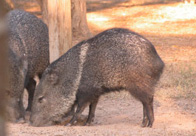 Did You Know?
Did You Know?
Interesting information about The South Texas Brushland.


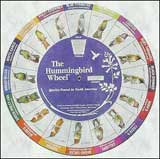

 Texas Parks and Wildlife Department, 4200 Smith School Road, Austin, TX 78744
Texas Parks and Wildlife Department, 4200 Smith School Road, Austin, TX 78744


